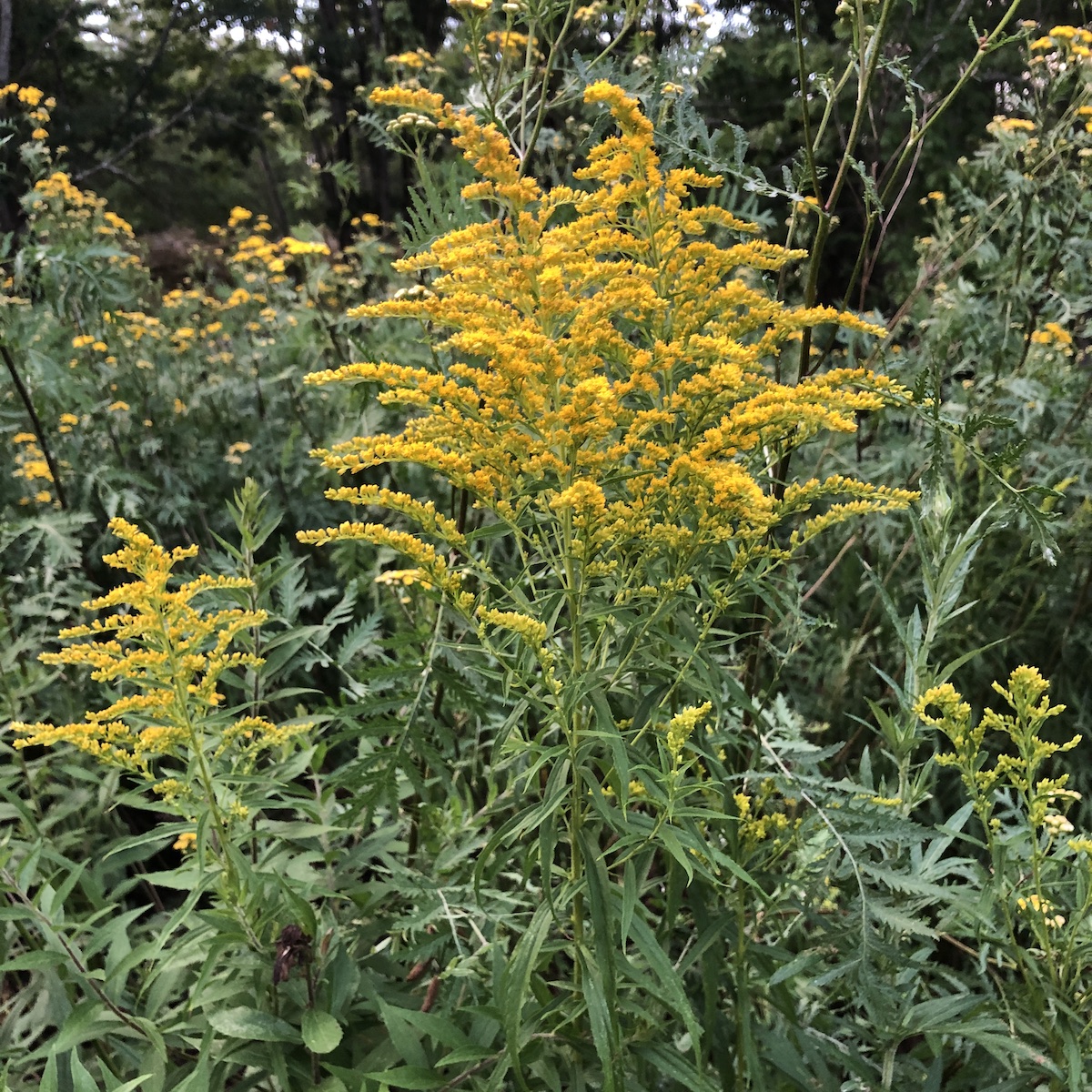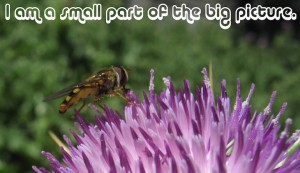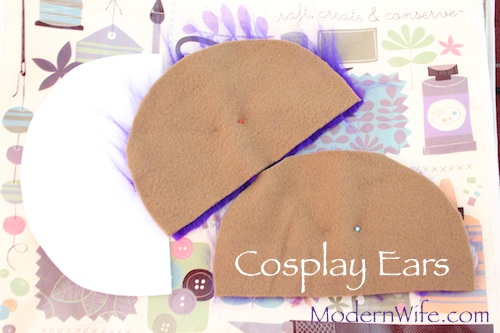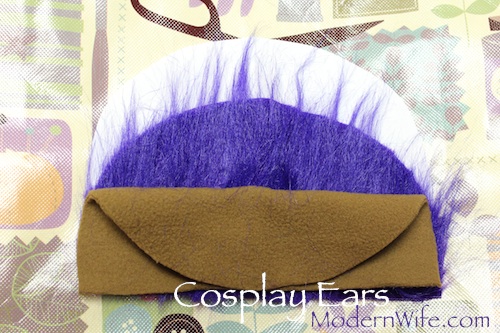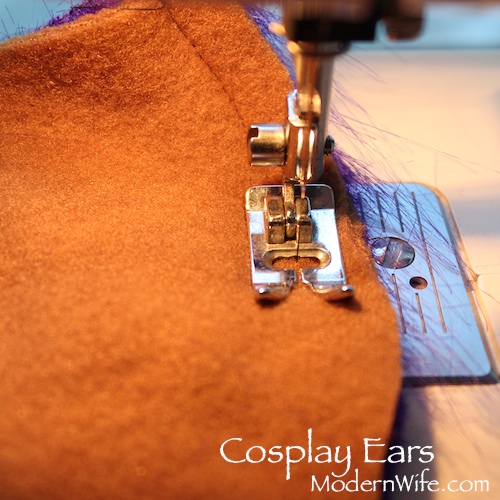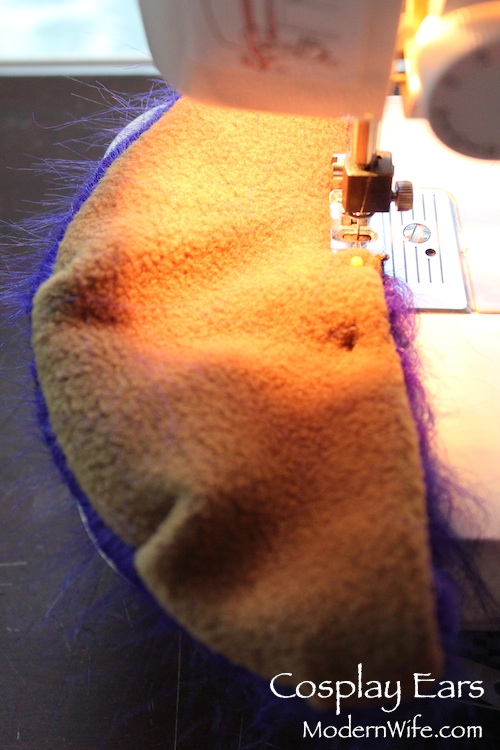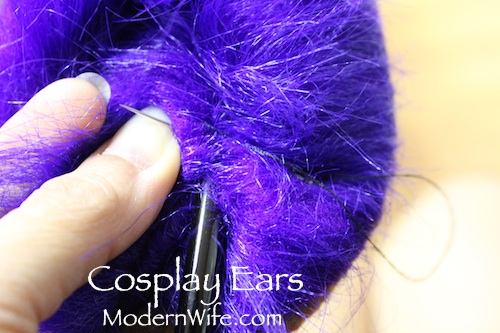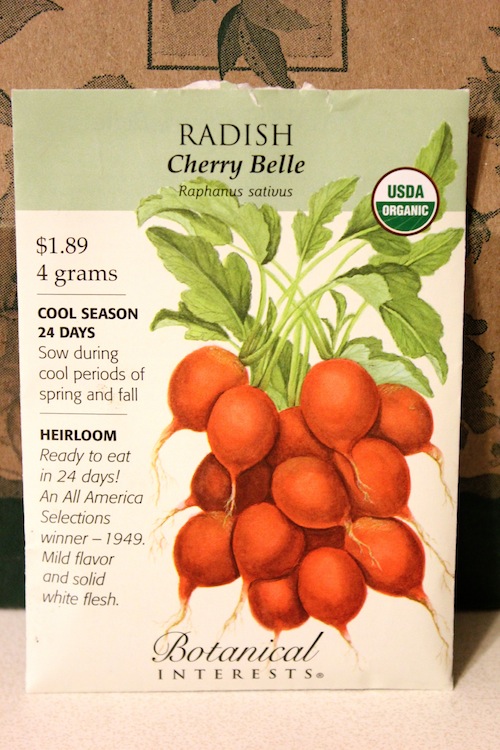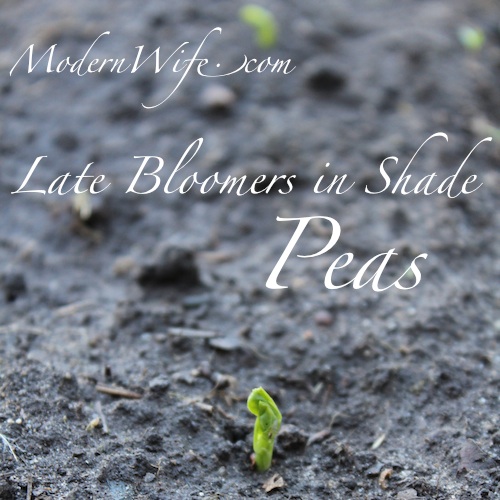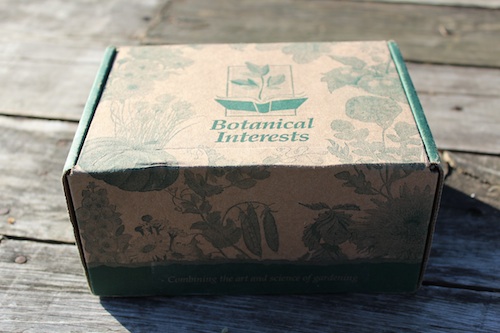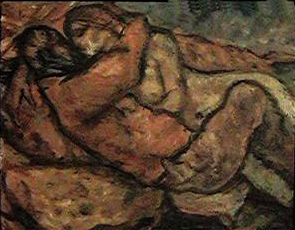Our honeybees and wild pollinators are so happy to see the emergence of goldenrod in the late summer. It signals the end of the summer dearth for bees and other pollinators. Believe it or not, once the spring flowers have dried up and before fall flowers bloom, pollinators can experience a scarcity of fresh nectar.
But goldenrod is more than just a welcome source of nectar for pollinators, it is also a powerful medicinal herb for us.
If you see this abundant flush of little yellow flowers in rows, cut the plant at ground level and hang the leaves and flowers to dry. Not to be mistaken for ragweed, which has similar buds but lacks the bright golden color. The leaves are different, too. Goldenrod has single leaves while ragweed has dissected leaves. It’s important to know the difference because ragweed has wind-blown pollen that causes allergies while goldenrod has sticky pollen which makes it a pollinator favorite (and one that soothes the respiratory system, while the other irritates it).
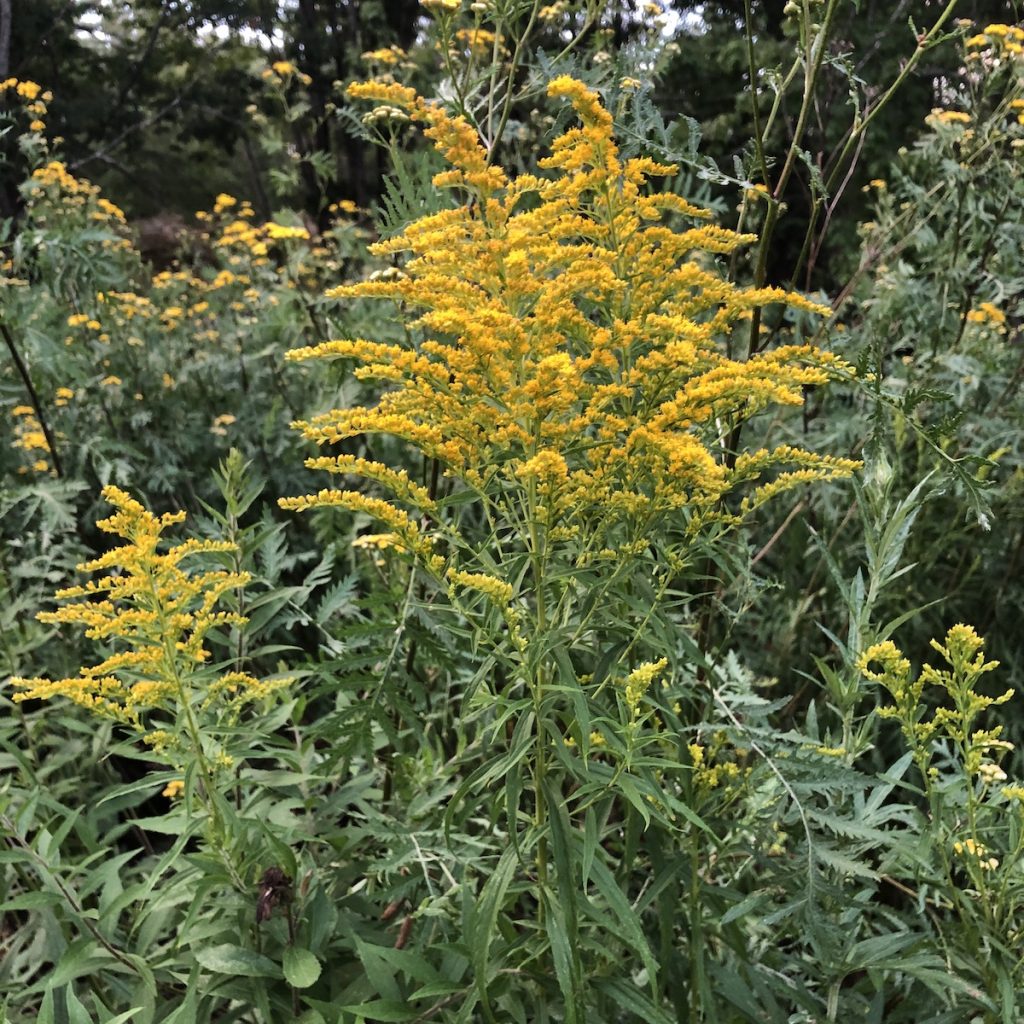
Fresh or dried herbs can be steeped in an infusion (tea) for treating the flu. Herbal tradition recommends a goldenrod infusion for reducing hay fever, excessive phlegm, runny nose, irritant cough, inflamed nasal membranes, thick yellow secretions, and sinus pain. Goldenrod is an aromatic, stimulant, anti-inflammatory, astringent, and diaphoretic (promotes sweating).
Gargle the goldenrod tea to soothe a sore throat.
The infusion of goldenrod also strengthens the stomach, pacifies colic, and is a carminative solution to flatulence. Because it is an effective urinary antiseptic and diuretic, Hulda Clark included it in the first edition of her Kidney Cleanse recipe to help dissolve bladder stones and calcifications
Goldenrod Infusion:
Put 1 tsp goldenrod leaves and flowers in an unbleached teabag and soak in 1 cup boiling water. Steep for 15 minutes and sip when warm. You may sweeten to taste with raw honey, but it tastes fragrant and mild without it.
Pour the warm tea through a cheesecloth to filter out any herb particles and use as an antifungal douche to treat yeast infection.
Rich in saponins and tannins, and bursting with bioflavanoids which strengthen the veins, goldenrod can reduce blood pressure, varicose veins, and fragile capillaries.
Goldenrod Infused Oil:
Fill a mason jar 1/4 to halfway with goldenrod flowers and leaves. Pour sunflower oil to the top of the jar. Cover and set in a cool dark place for 4 to 6 weeks. Strain.
To make a salve, set a glass container in a pot of water (or a double boiler) over medium low heat. Melt 1/4 part beeswax. Add 1 part Goldenrod Infused Oil after the beeswax is completely melted. Pour the warm salve into a container and allow to cool. Apply Goldenrod Salve on legs or any part of the body with swollen veins.
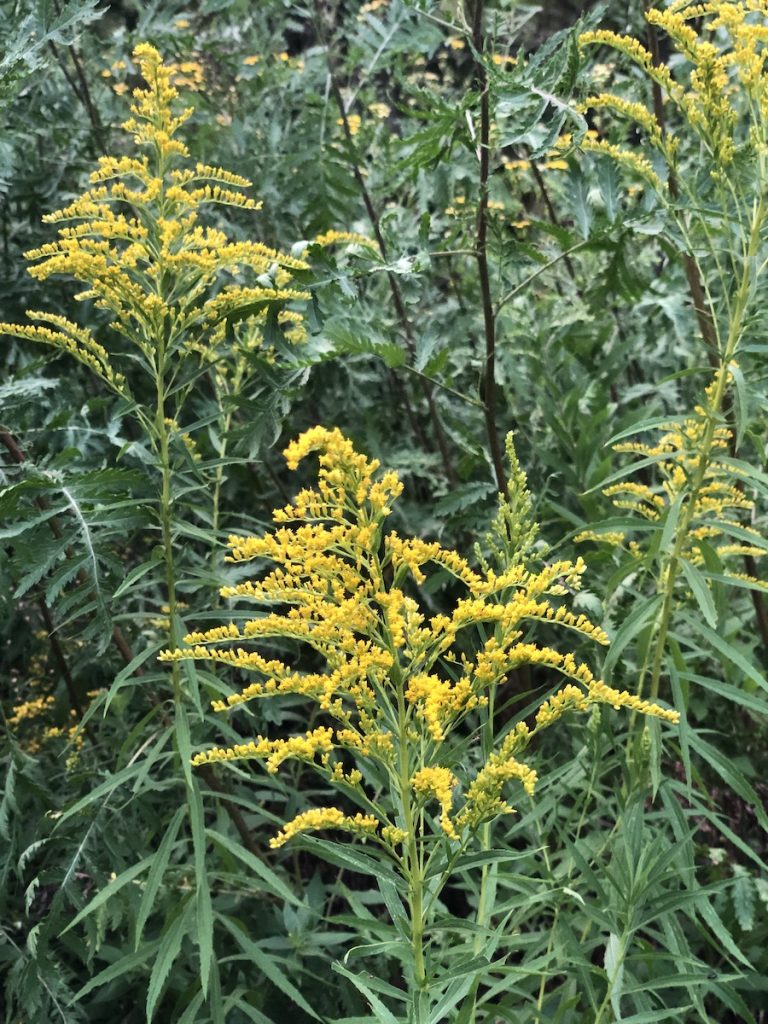
Sources:
- The Complete Medicinal Herbal: A Practical Guide to the Healing Properties of Herbs
by Penelope Ody
- Mother Nature’s Herbal
by Judy Griffin, Ph.D.
- Indian Herbalogy of North America: The Definitive Guide to Native Medicinal Plants and Their Uses
by Alma R. Hutchens
